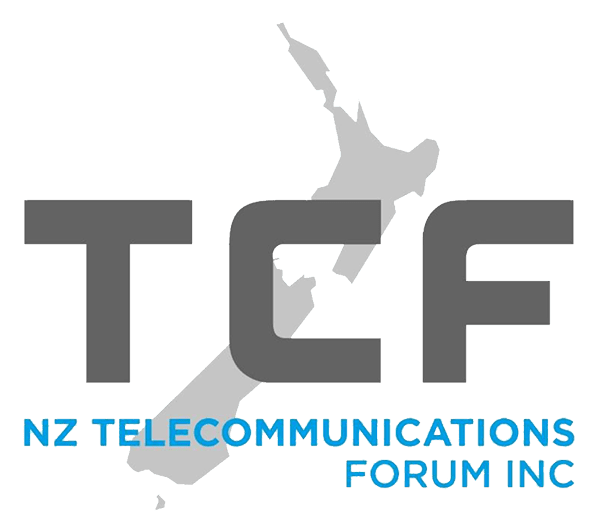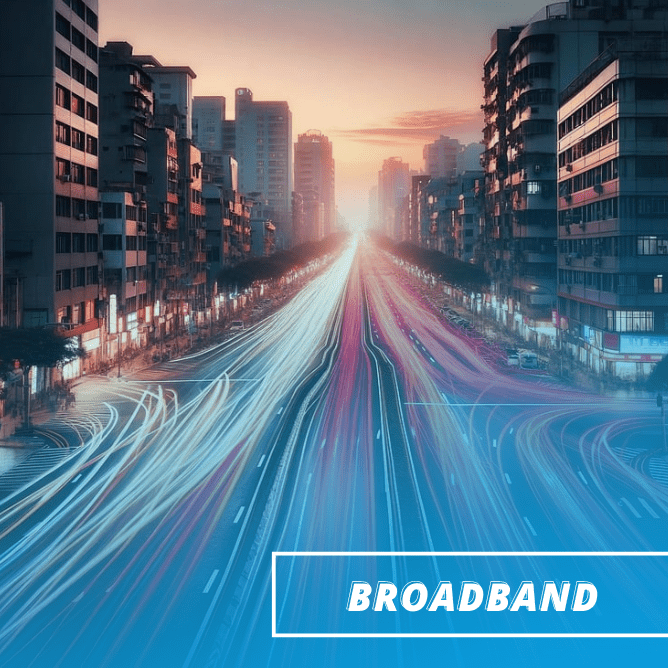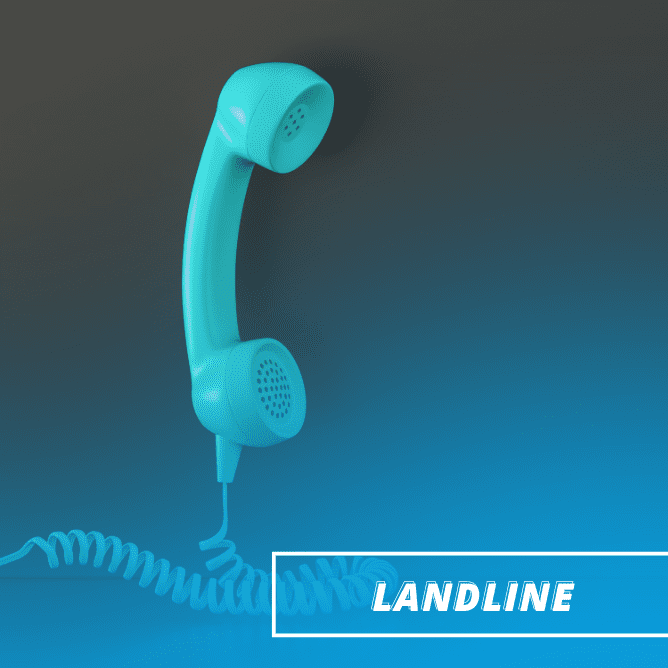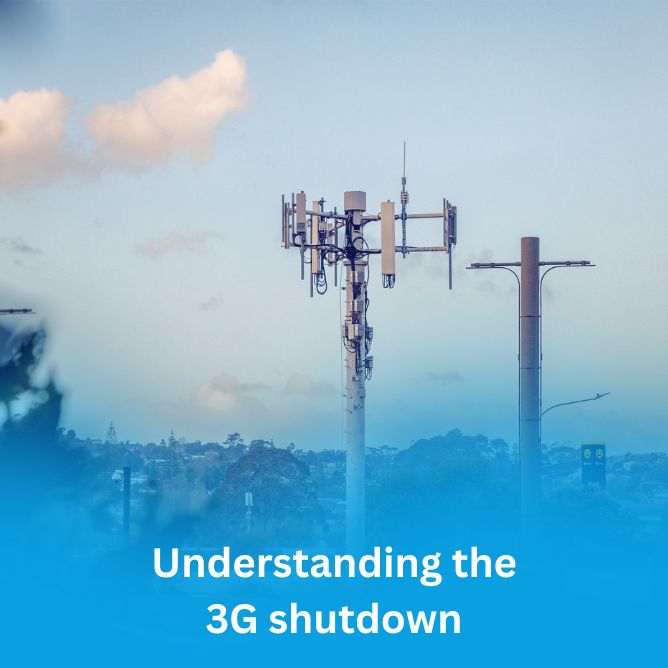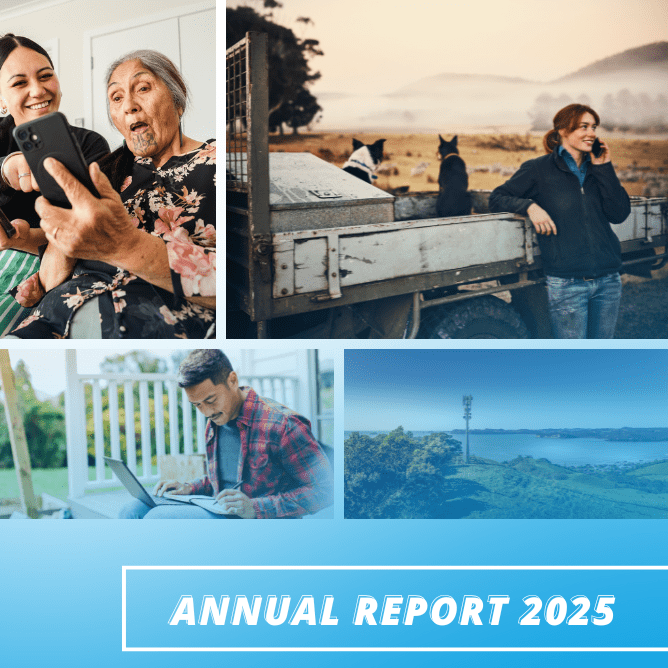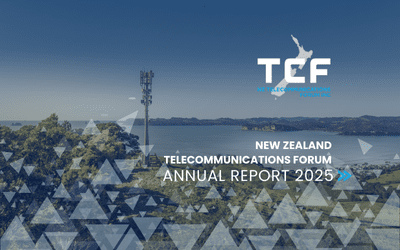“Our input methodologies are designed to incentivise fibre providers to innovate, invest, and improve their efficiency so that consumers receive high quality and affordable broadband services,” says Telecommunications Commissioner Tristan Gilbertson.
Today’s decision covers core areas including cost allocation, capital expenditure, returns to investors and quality – with a further decision to follow on the Commission’s approach to the financial loss asset on 3 November 2020.
As with other regulated sectors, the input methodologies are designed to give fibre providers upfront certainty on the regulatory rules, processes and requirements that will be applied to their businesses, while also counterbalancing their incentives to maximise profits at the expense of consumers.
“I am grateful for the extensive engagement we have received from stakeholders as we have moved through this process over the past two years. Input methodologies have never been set for fibre networks before – so this has been pioneering work for the Commission and the industry,” Mr Gilbertson says.
The Commission will now move into the second and final stage of the process for fibre regulation where it will use the input methodologies framework to set detailed regulatory requirements for each of the regulated fibre networks.
For Chorus, regulation will take the form of a revenue cap that ultimately constrains the price consumers pay for broadband. Regulation will also set the minimum quality standards Chorus must deliver, including in relation to customer service, service availability and network performance.
Chorus and the other local fibre companies will also be required to publicly disclose information about their performance, including in relation to profits, quality of service and expenditure. This will enable stakeholders, including consumers, to gauge how effectively the regulatory regime is promoting the long-term benefit of end-users.
“I look forward to continuing our work with the industry and other stakeholders to lock down these arrangements before the new regime commences on 1 January 2022.”
A copy of the final decisions released today can be found here.
Table of Contents
- Background
- More articles?
- The scary world of ghost tapping
- What does resilience actually mean?
- Making it easier for consumers to understand their broadband options
- TCF launches factsheets in 10 alternate languages to support upcoming 3G shutdown
- Fake cellphone tower scams Aucklanders
- NZ mobile operators roll out pre‑call announcements to help 3G‑reliant customers take action ahead of shutdown
- Telecommunications in New Zealand: Much More for Less
- Telcos support emergency services initiative: device location is enabled to help callers in emergencies
- Building a resilient network: Unbreakable versus fast restoration
- Communications during an emergency
- Telecommunications Industry to Review Scam Prevention Code with Consumer Focus
- The backbone of the backbone of the economy
Background
The Government’s UFB initiative launched in 2009 and now aims to achieve fibre-to-the-premises to 87% of the population (including 1% private fibre) by 2022.
Rural areas of New Zealand are covered by the separate Rural Broadband Initiative which improves broadband coverage to premises in rural New Zealand where it would not be commercially cost effective to build UFB networks.
The Government’s Crown Infrastructure Partners contracted with four companies through to 2020 to build these fibre networks: Chorus and three local fibre companies (LFCs) – Northpower Fibre, Ultrafast Fibre and Enable Networks.
In November 2018, Parliament amended the Telecommunications Act to require the Commission to develop and implement a new regulatory regime for these fibre providers. The regime will be implemented from the beginning of 2022.
Input Methodologies
The regime first requires us to determine input methodologies. These are the rules, requirements and processes underpinning the regulation. We published our draft decisions in November 2019. This paper sets out our final decisions on what the input methodologies will look like.
Because of the importance of input methodologies, the Act provides for affected parties who submitted during this process to ask the High Court to undertake a merits review of our determinations. After we set the input methodologies for energy networks and airports under Part 4 of the Commerce Act in 2010, several regulated suppliers, the Major Energy Users Group and Air New Zealand appealed the decisions in Court.
Price-quality and information disclosure regulation
The Commission will use the input methodologies to set the maximum revenue that Chorus can earn from their customers and the minimum quality standards it must meet. This is referred to as price-quality regulation. Additionally, all four fibre network providers will be required to publicly disclose information on their performance, such as on their profitability, revenue, and capital expenditure. This is referred to as information disclosure regulation and is intended to shed a light on their performance for stakeholders and consumers.
Other features of the Telecommunications (New Regulatory Framework) Amendment Act
Alongside this work, the Commission is also creating safeguards to protect consumers as New Zealand transitions away from the copper phone and broadband network. These safeguards include that fibre is available to be installed at no cost to consumers before Chorus can choose to stop supplying copper services in neighbourhoods. The Commission is also working on a code so vulnerable consumers have an appropriate way of contacting 111 in the event of a power cut. This is because fibre landlines rely on power in the home and may not work during a power outage.
The final copper withdrawal code will be released in December 2020. The 111 contact code will be released in November 2020
